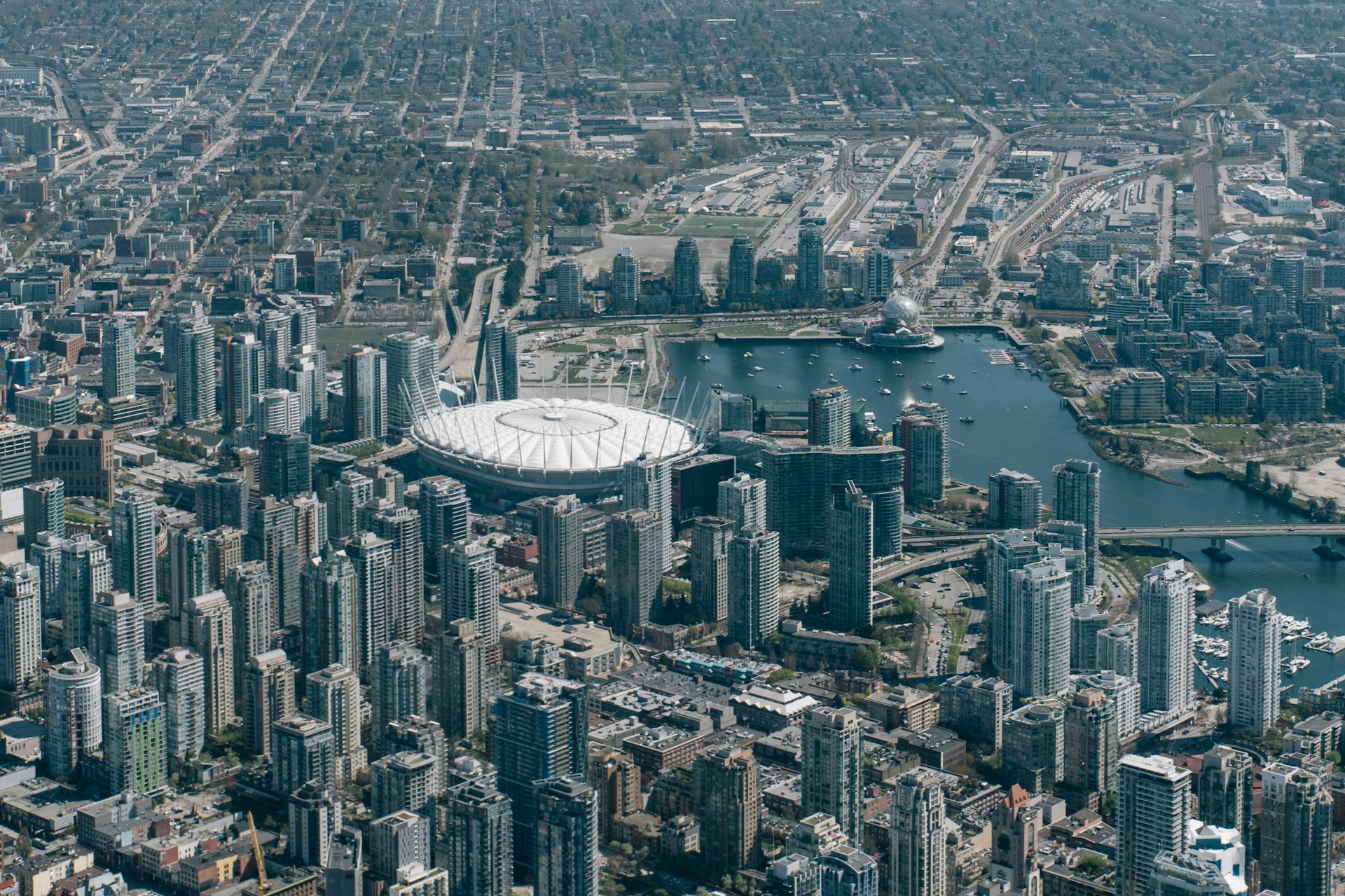Units are now outperforming houses for the first time ever in three of the nation’s strongest markets, driven by a perfect storm of chronic undersupply and a skewed development pipeline, new research reveals.
Perth units are leading the country with 13.1 per cent annual growth for units compared to 11.6 per cent for houses, followed by Adelaide and Brisbane.
It comes as new construction completion data shows apartment deliveries have plummeted by more than 40 per cent from their peak, and new analysis shows Australia is set to fall 60,000 homes short of meeting its National Housing Accord target in its first year.
Apartments under construction.
RELATED: 1100 units in limbo: The projects at risk of not going ahead
According to Ray White research, annual apartment completions have collapsed from over 97,000 in 2018 to just 58,913 in 2023, though 2024 showed a modest recovery to 64,869 units.
“The fundamental issue is that hardly any apartments are being built — particularly in the affordable or mid-market segments that once provided accessible housing options,” Ray White Group chief economist Nerida Conisbee said.
“When new apartment projects do proceed, they’re predominantly luxury developments targeting premium buyers, pushing median unit prices steadily upward.”
Ray White chief economist Nerida Conisbee.
MORE: Rock star vibes: ‘Bold, luxurious, and unapologetically different’
Death of old money: Young richlisters drive luxury surge
Ms Conisbee said that created a vicious cycle where affordable apartment supply dwindled, intensifying competition for existing stock, driving prices higher, and making units outperform houses — not through abundance, but through scarcity.
Apartment prices are growing at a faster rate than houses because the sector is particularly constrained by elevated development costs and land prices that have risen over 75 per cent since 2020.
Perth is leading the nation when it comes to units outperforming houses. Picture: Sharon Smith.
MAS Architecture Studio director Nick Symonds said the demand for high-density housing was high, but the delivery pipeline was struggling to keep pace.
“These aren’t townhouses or boutique builds,” Mr Symonds said. “We’re talking about substantial residential projects with hundreds of apartments, and developers can’t find a builder willing or able to take them on under current conditions.
“Tier-one contractors have stepped away from major residential developments — not
because they lack interest, but because these projects take too long, carry too much
risk, and no longer stack up commercially compared to government work.”
These apartments were recently completed. Picture: Josie Hayden.
Ms Conisbee said new apartment projects that did proceed focused on premium segments where margins could absorb the inflated costs, leaving the mainstream market undersupplied.
She said the construction industry’s inability to deliver affordable apartments was creating artificial scarcity that drove price growth.
“Development sites that once supported diverse apartment projects now struggle to make economic sense except for luxury developments,” she said.
“Construction costs that remain 30 to 40 per cent above pre-pandemic levels, combined with development site prices at record highs, mean that new apartment supply is increasingly concentrated in premium segments where higher sale prices can justify elevated development costs.”
A worker on an apartment project construction site. Picture: Sharon Smith.
Colliers Queensland residential director Brendan Hogan said demand for prestige development opportunities in Brisbane in the lead-up to hosting the 2032 Olympic and Paralympic Games was outpacing supply.
“We’re seeing exceptional demand in the premium apartment market, with ‘off-the-plan’ riverfront apartments achieving prices over $35,000 per square metre of net saleable area,” Mr Hogan said.
“The surge in apartment prices is largely driven by the demand from owner-occupiers who are
seeking premium and larger apartment stock, which has accounted for the majority of sales in the market over the past two years.”
















 English (US) ·
English (US) ·